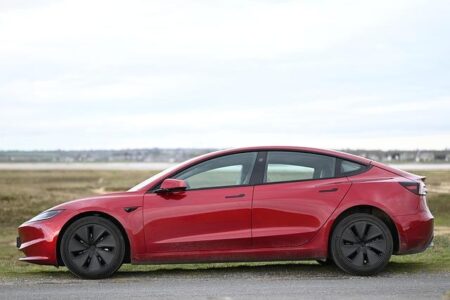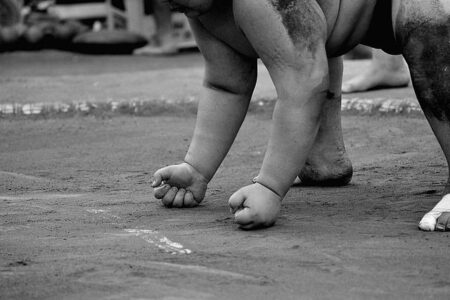India’s relentless demand for cheap steel is reshaping global markets, but it comes at a significant cost. As the country races to fuel its infrastructure and manufacturing ambitions, concerns are mounting over environmental degradation, economic vulnerabilities, and mounting trade tensions. This article explores the multifaceted consequences of India’s steel appetite, revealing how the pursuit of low-cost production is impacting not only the domestic landscape but also the international steel industry.
India’s Growing Steel Demand Strains Global Supply Chains and Drives Up Prices
India’s surging appetite for steel has sent ripples through international markets, disrupting supply chains and inflating prices globally. As the country embarks on ambitious infrastructure projects and urban development, demand for affordable steel has outpaced production capacity at home and abroad. This imbalance has forced steel producers worldwide to prioritize Indian orders, leaving other markets grappling with shortages. The consequences extend beyond immediate price hikes, impacting manufacturing timelines and forcing reevaluations of procurement strategies across key industries such as automotive, construction, and energy.
Key factors contributing to the strain include:
- Rapid industrialization pushing consumption beyond traditional forecasts
- Frequent export restrictions and tariff adjustments by producing countries
- Logistical bottlenecks compounded by fluctuating global shipping rates
| Country | Steel Export Reduction (%) | Impact on India (Indirect) |
|---|---|---|
| China | 15 | Pressure on global supply leading to price surges |
| South Korea | 10 | Delayed deliveries hampering project schedules |
| Japan | 8 | Limited availability of specialty steel grades |
Importers and domestic manufacturers are now navigating a complex landscape marked by uncertainty. While India’s steel demand is a testament to its growing economy, the unintended ripple effects challenge global steel markets to adapt. Stakeholders are calling for enhanced transparency, diversified sourcing, and investment in sustainable production methods to ease these pressures in the long term.
Environmental Toll of Rapid Steel Production Raises Alarms Across Industries
India’s soaring demand for low-cost steel has triggered escalating environmental concerns, as production facilities struggle to balance output with sustainability. The steel sector, a cornerstone of infrastructure development, is now under scrutiny for its substantial emissions footprint, extensive land degradation, and water resource depletion. Industry insiders and environmentalists alike warn that the relentless drive to meet industrial and construction needs is pushing ecological limits, with pivotal resources like coal and iron ore being extracted at unprecedented rates.
Key environmental challenges include:
- Air pollution: High levels of particulate matter and greenhouse gases released during smelting and refining.
- Water contamination: Discharge of untreated effluents affecting local water bodies and agricultural land.
- Deforestation: Clearing of forest areas to make way for mining and plant expansions.
| Impact Area | Annual Increase | Consequences |
|---|---|---|
| COâ‚‚ Emissions | 8% | Intensified climate risk |
| Water Usage | 12% | Reduced groundwater levels |
| Forest Cover Loss | 5% | Loss of biodiversity |
Efforts to mitigate these effects are underway, yet experts caution that without stringent regulations and innovation in cleaner technologies, the environmental costs will escalate. As international pressure mounts, the steel industry faces increasing demands to adopt greener methods, such as electric arc furnaces and recycling, to align with global climate commitments while sustaining India’s infrastructure ambitions.
Experts Call for Sustainable Policies and Investment in Cleaner Technologies to Curb Impact
Industry leaders and environmental experts alike are urging the government to strengthen its commitment to sustainable development by implementing stringent policies that prioritize cleaner, more energy-efficient steel production. With India being one of the largest steel producers globally, the current trajectory poses significant environmental risks, including increased greenhouse gas emissions and pollution. Advocates emphasize that without decisive action, the long-term costs-both ecological and economic-could outweigh the short-term gains from cheap steel production.
Key recommendations from experts include:
- Increased investment in cutting-edge technologies such as electric arc furnaces and hydrogen-based steelmaking.
- Stricter emissions regulations paired with incentives for companies adopting greener practices.
- Enhanced transparency and accountability through real-time environmental monitoring systems.
| Technology | COâ‚‚ Reduction Potential | Estimated Investment (INR Billion) |
|---|---|---|
| Electric Arc Furnace | 40%-60% | 150 |
| Hydrogen-based Steelmaking | 70%-90% | 300 |
| Carbon Capture & Storage | 50%-80% | 200 |
Final Thoughts
As India continues to fuel its economic growth with an insatiable demand for affordable steel, the broader consequences-ranging from environmental degradation to geopolitical tensions-cannot be overlooked. The Financial Times’ investigation highlights the complex trade-offs behind the nation’s steel boom, urging policymakers and industry leaders to weigh immediate economic gains against long-term sustainability and ethical considerations. The coming years will be critical in determining whether India can balance its developmental ambitions with responsible resource management, setting a precedent for emerging economies worldwide.




